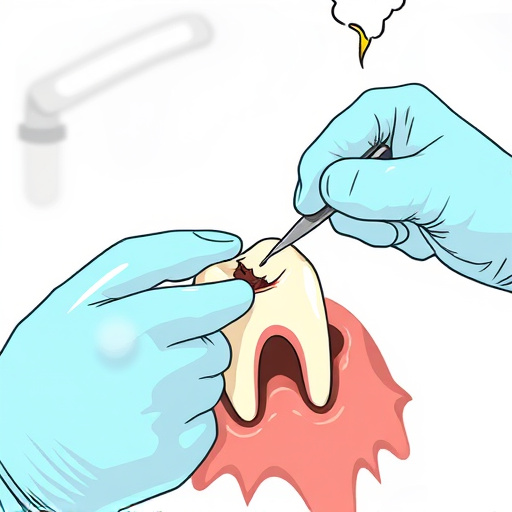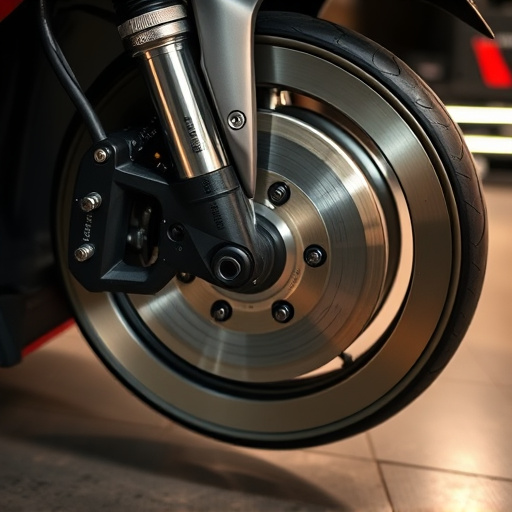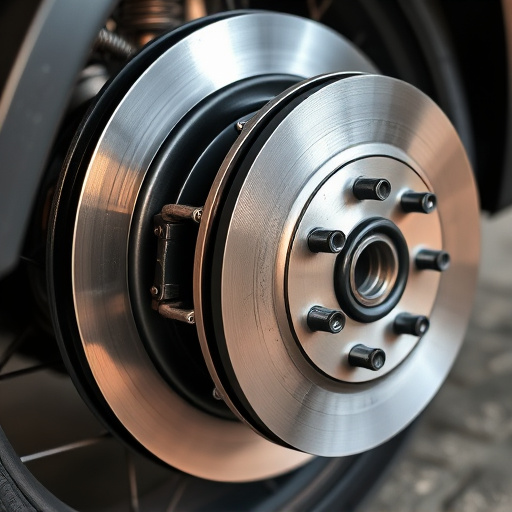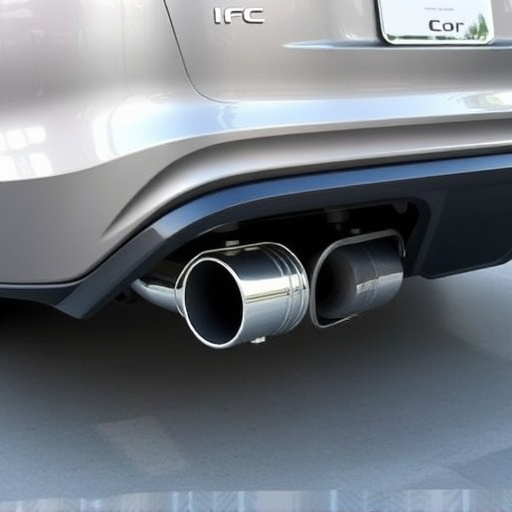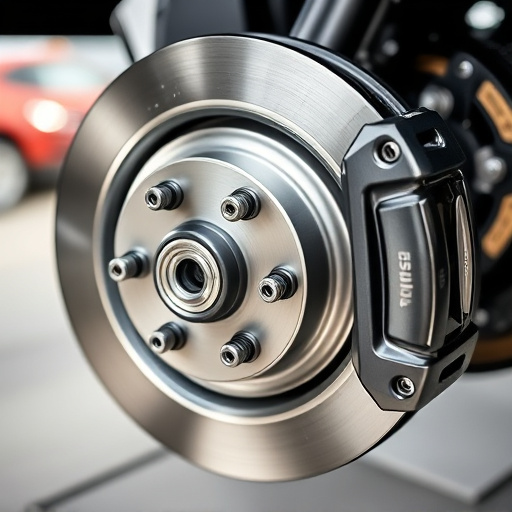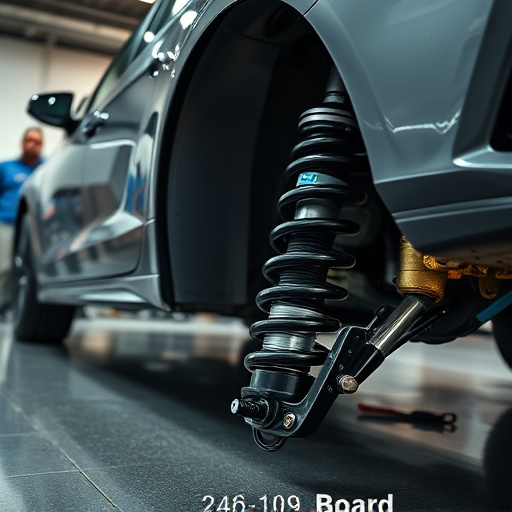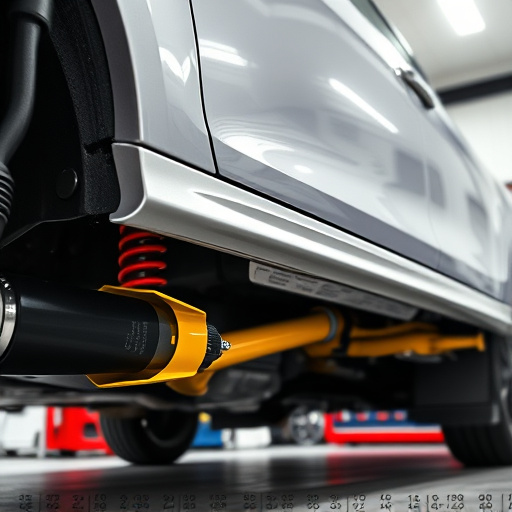Muffler intake installation is a vital automotive task that enhances performance, reduces noise, and can improve fuel efficiency. It requires mechanical skill, specialized tools, and precise fitting for safety, especially around brake rotor alignment. Installation time varies by vehicle make/model complexity, mechanic's experience, and environmental conditions; older or more intricate systems take longer. Efficient preparation, including proper tools, workspace organization, and high-quality kits, speeds up the process. Regular exhaust and suspension maintenance prevents delays during disassembly and reassembly.
“Wondering how long that muffler intake installation will take? This comprehensive guide breaks down everything you need to know. From understanding the process to identifying factors that influence duration, we provide a detailed overview. Learn about the average time frames and discover tips to optimize efficiency if you’re considering a DIY approach or scheduling professional service. Optimize your car maintenance routine by knowing exactly what to expect during muffler intake installation.”
- Understanding Muffler Intake Installation: A Comprehensive Overview
- Factors Influencing the Time for Installation: What Impacts the Duration?
- Optimizing Efficiency: Tips to Speed Up the Process
Understanding Muffler Intake Installation: A Comprehensive Overview
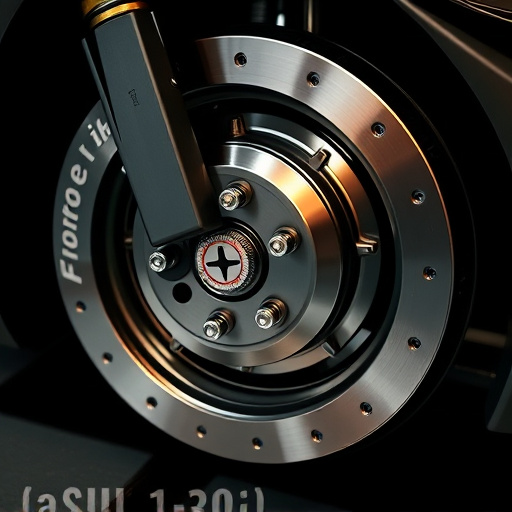
Understanding Muffler Intake Installation: A Comprehensive Overview
Muffler intake installation is a crucial process in automotive maintenance and customization. It involves replacing or upgrading the muffler and intake system to enhance engine performance, reduce noise levels, and sometimes improve fuel efficiency. This procedure requires precise knowledge of vehicle mechanics and specific tools tailored for the task. The duration can vary greatly depending on several factors, including the complexity of the job, the make and model of the vehicle, and whether it’s a do-it-yourself (DIY) project or carried out by a professional mechanic.
The process begins with assessing the existing exhaust system and identifying areas for improvement. Mechanics may need to remove components like exhaust tips, replace worn-out parts, or even install suspension kits for better alignment. For DIY enthusiasts, this might involve purchasing high-quality muffler intake systems compatible with their vehicle’s make and model. Proper fitting is essential to ensure optimal performance and prevent leaks, which can compromise both engine efficiency and safety, especially when considering components like brake rotors that require precise alignment during installation.
Factors Influencing the Time for Installation: What Impacts the Duration?
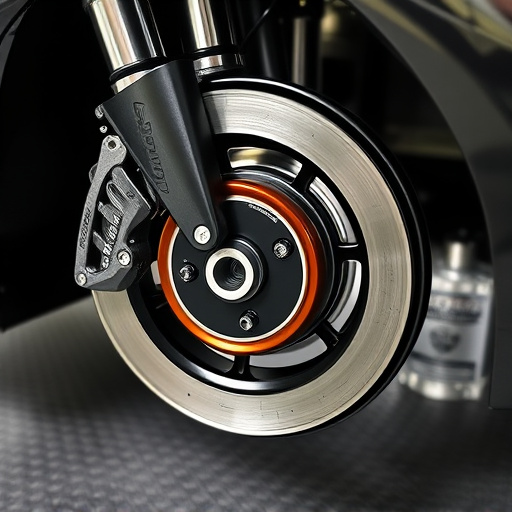
The duration of a muffler intake installation can vary significantly depending on several factors. One key influencer is the complexity of the job, which in turn depends on the specific make and model of the vehicle. Older cars or those with intricate exhaust systems may require more time to disassemble, inspect, and reassemble properly. Moreover, if the mechanic needs to replace any associated intake components, such as muffler tips or brake components, this can add several hours to the overall process.
Another critical aspect is the mechanic’s experience and the tools they have available. Skilled technicians with access to the right tools can often complete the installation faster. Conversely, inexperienced mechanics or those lacking specialized equipment might face delays due to learning curves or tool limitations. Environmental factors, such as weather conditions, can also indirectly impact the timeline by affecting the work environment and visibility.
Optimizing Efficiency: Tips to Speed Up the Process
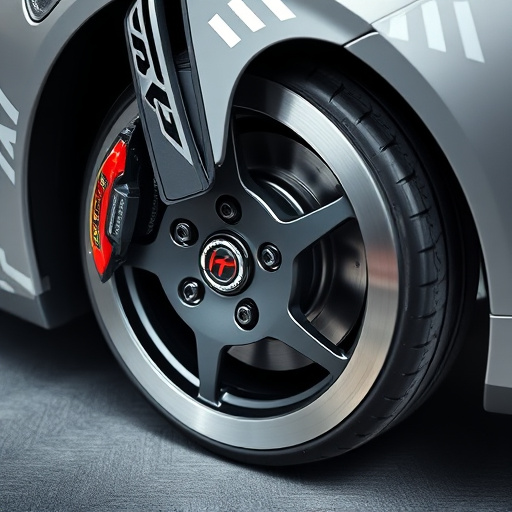
Optimizing Efficiency: Tips to Speed Up the Process
When it comes to muffler intake installation, efficiency is key. The process involves careful disassembly and reassembly of components, which can be time-consuming if not managed properly. To expedite this task, consider preparing beforehand by gathering all necessary tools and ensuring your workspace is well-organized. Using high-quality muffler intake installation kits, such as those that include compatible air filter kits, can streamline the process by providing clear instructions and pre-assembled parts.
Additionally, keeping your vehicle’s exhaust systems and suspension components in good condition beforehand can reduce unexpected delays. Regular maintenance ensures these parts are in optimal shape, allowing for smoother disassembly and reassembly during the installation. Prioritizing organization, using quality kits, and maintaining existing components will collectively contribute to a faster and more efficient muffler intake installation.
Muffler intake installation time varies based on vehicle complexity and specific parts used, typically ranging from 1-3 hours. Optimizing the process involves preparing the workspace, having the right tools, and understanding your vehicle’s unique requirements. By considering these factors and implementing efficient practices, you can streamline the installation, ensuring a swift and effective muffler intake upgrade.


